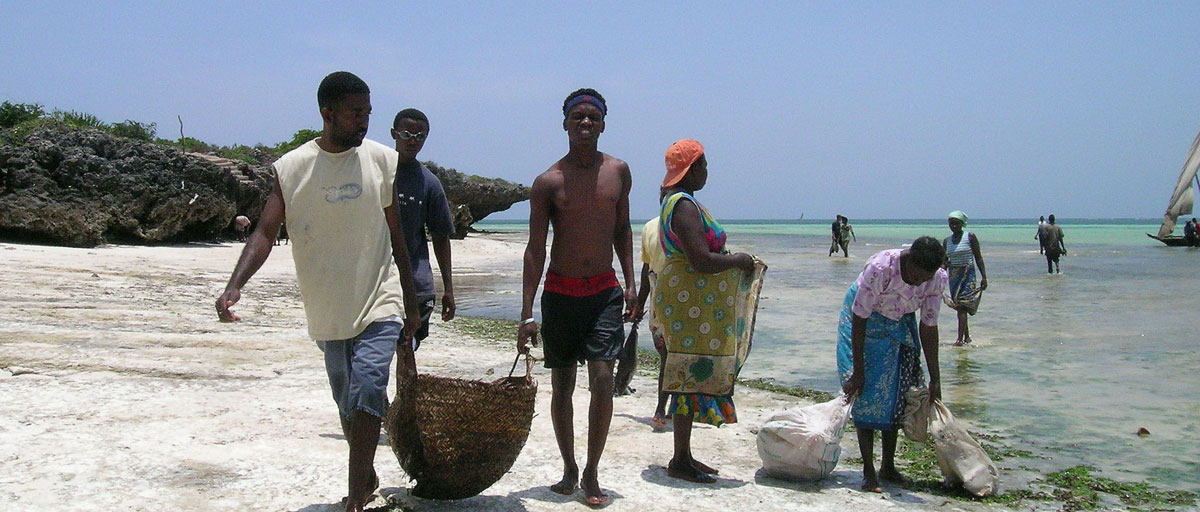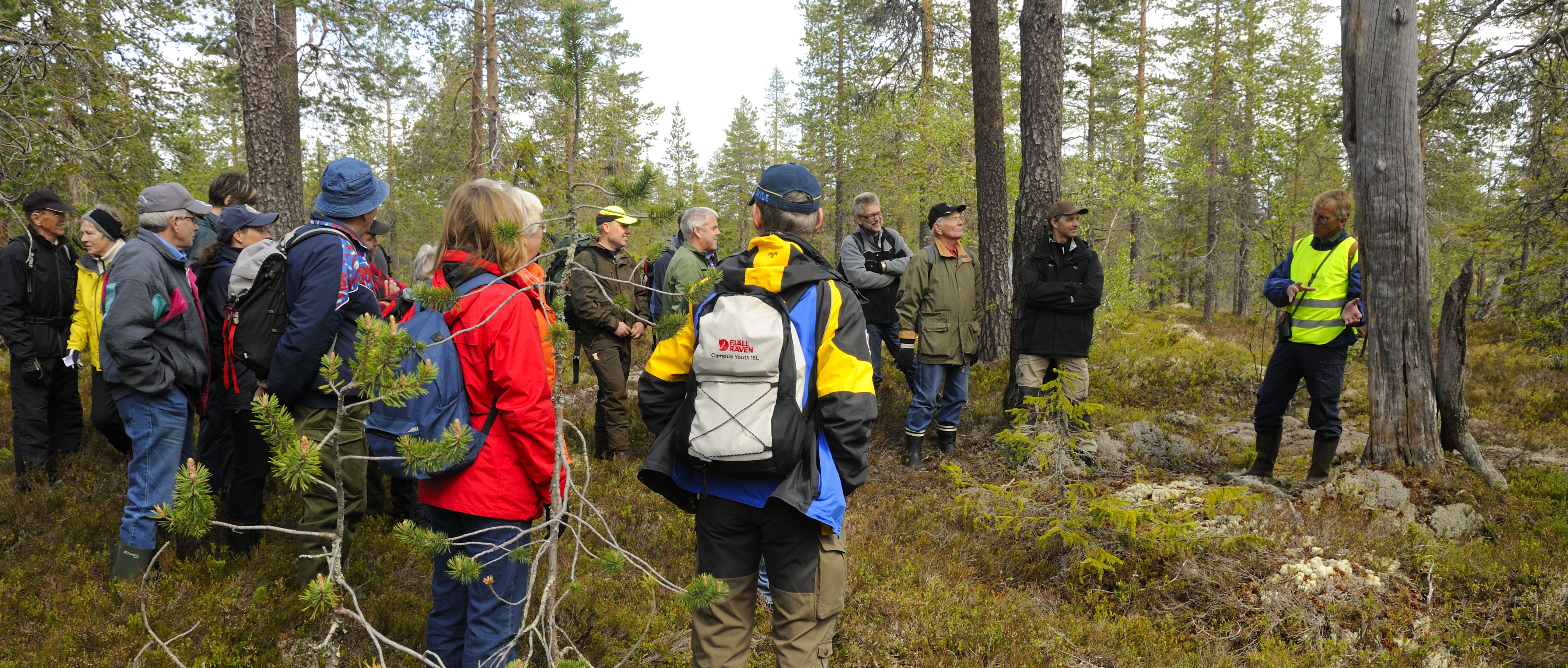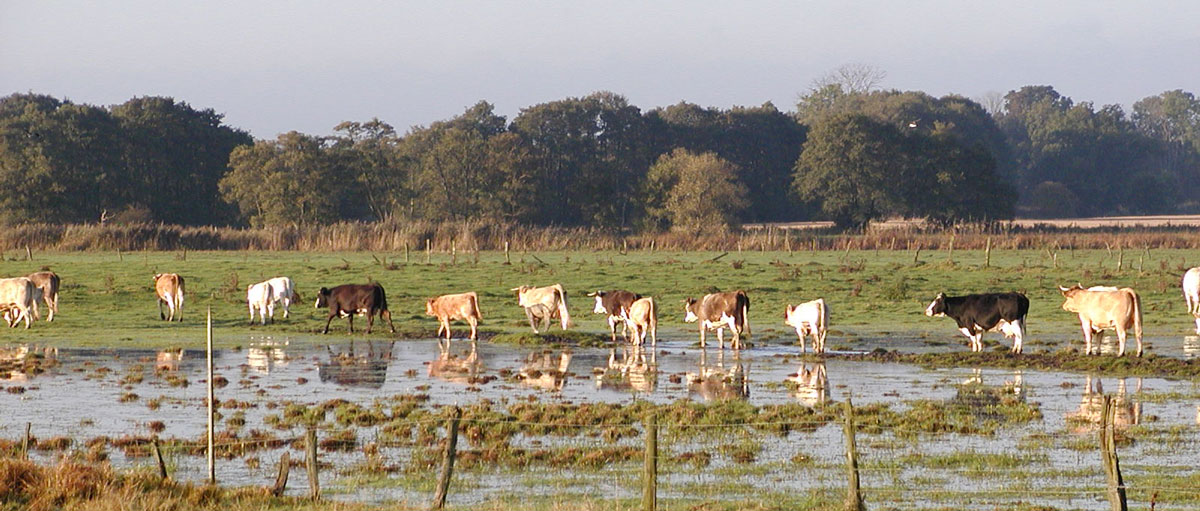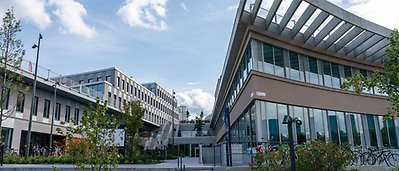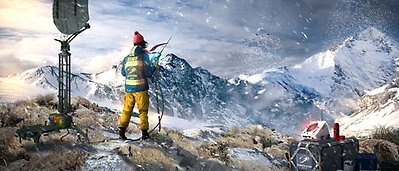Bildtext får vara max två rader text. Hela texten ska högerjusteras om den bara ska innehålla fotobyline! Photo: B. Christensen/Azote
governance
Getting it right on collaboration
Collaborative governance not always fit for solving environmental problems, according to new review article in Science
• Collaborative governance is often suggested as a solution to different environmental problems
• Merely establishing a collaborative network, however, does in no way guarantee that the environmental problems will be effectively addressed
• On the contrary, future collaborative environmental governance must be both “socially and ecologically fit” to the problems at hand
The coming decade may determine whether humanity will set a course toward a more socially and ecologically sustainable society. A crucial part of this goal is to develop a better understanding of how collaboration can be improved and become more effective, both within and among private stakeholders and public institutions, concludes centre researcher Örjan Bodin in a review article published in Science.
"Collaborative governance is often highlighted as a solution to different environmental problems. For example, when small-scale fishermen agree to avoid overfishing or when states agree to reduce greenhouse gases. But we don’t know so much about how collaboration around environmental issues works in a complex world," explains Örjan Bodin.
The difficulties with collaboration is that different actors tend to want different things, that different environmental problems are related to each other, and that different groups have differing amounts of influence. The question is whether collaborative governance is the most effective way to deliver sustainable solutions for environmental problems.
Merely establishing a collaborative network, does in no way guarantee that environmental problems will be effectively addressed.
Örjan Bodin, author
Network of actors
One way to consider these questions is to study how different collaborative initiatives have engaged different actors and how these actors in turn have chosen to work with each other. An ‘actor’ can be an individual, like a fisherman, but it can also be a city, business, non-profit or a country. By studying these collaborative networks we develop a better understanding of how actors, both as a group and as individuals, act when confronted with different environmental problems.
“Our research shows that the ability to solve environmental problems is in part connected to the way these networks are structured – the patterns of collaboration between actors”, says Bodin.
The research shows that certain patterns are more suitable for solving different types of shared problems. For example, if the problem implies a high risk of actors free-riding on others’ efforts, the situation is improved by tightly linking the actors together. This could mean that two actors who collaborate with the same, third actor should also collaborate directly with each other, forming a triangle of collaboration.
“It also makes a difference whether the environmental problem is temporary or more permanent. If it’s temporary it can be more effective to have a collaborative network with a clearly chosen coordinator or leader to hold it together”, says Örjan Bodin.
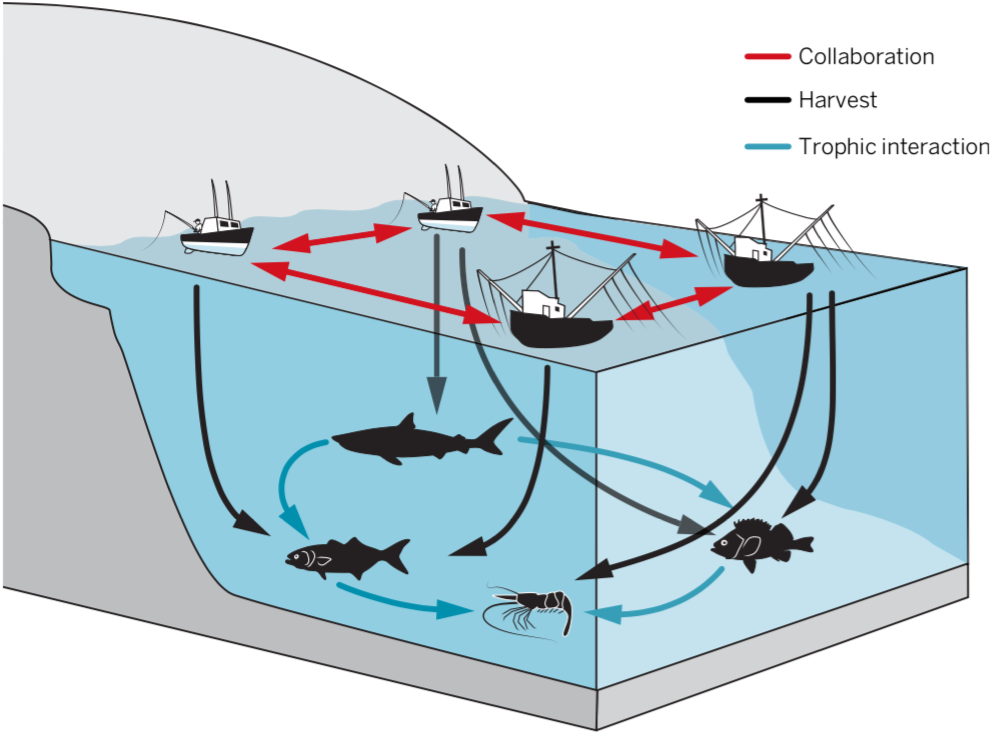
A stylized network model of a small-scale fishery system, used in the article to illustrate that collaborative environmental governance must be both “socially and ecologically fit”. This implies that the structure of a collaborative network (the actors and their collaborative ties) should be aligned with the structures of the biophysical (ecological) system being governed. Illustration: Science.
A social-ecological fit
The study also shows that the ability to solve problems depends on how well a collaborative network ‘aligns’ with the structures and processes of the affected ecosystem. This means, for example, that if two actors deal with two different yet interconnected parts of the ecosystem they should work together.
“A good social-ecological ‘fit’ would increase the possibilities of effectively solving environmental problem. So, for example, the development of sustainable fishing could be helped if two fishermen who fish for the same species collaborate with each other,” Bodin explains.
In the article Örjan Bodin reviews the literature on collaborative governance and highlights a number of cases from around the world. For example, he revisits some of his previous social network analysis studies in order to compare collaboration in coastal-zone management in Sweden, a Biosphere reserve in Canada, and among small-scale fishermen in east Africa.
No guarantees
He concludes that much is known about how collaborative networks tend to be formed and shaped – and that they can indeed contribute with important benefits like coordination, learning and balancing actors’ different interests. Merely establishing a collaborative network, however, “does in no way guarantee that environmental problems will be effectively addressed,” he writes.
“Future research efforts are needed to determine when and in what contexts collaborative approaches are most effective, and when other approaches to solve environmental problems are better suited”.
Bodin, Ö. 2017. Collaborative environmental governance: Achieving collective action in social-ecological systems. Science http://dx.doi.org/10.1126/science.aan1114
Access publication
In his work, Örjan Bodin uses and develops theoretical/conceptual models and simulations, as well as engaging in empirical studies and empirical data analyses. Bodin often describes and models social, ecological, and coupled social-ecological systems as complex and intricate webs of interactions between, and among, different ecological and/or social components.
